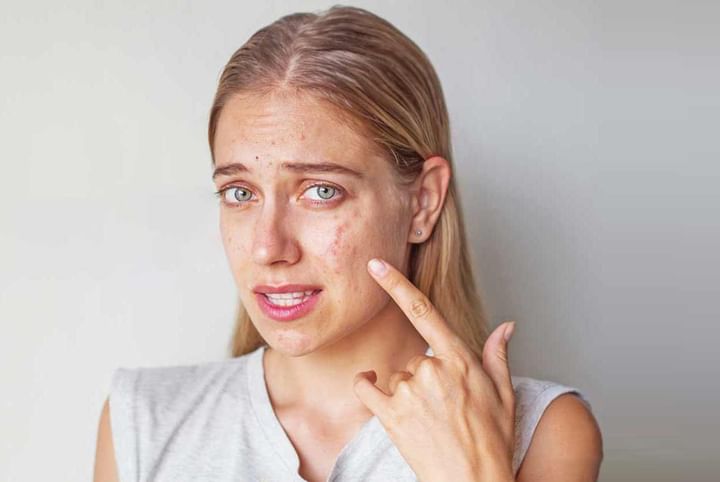Allergy Testing By Skin Prick Method
The skin prick test is considered to be the ‘gold standard’ for determining an allergen causing the reaction. The test is quick, easy, and the results are easily visible. This article contains a summary of how the skin prick test works, how preparations are done, and how it is performed.
How does it work?
The skin prick method for allergy test is based on inducing an allergic reaction in a very small area of the skin in a controlled manner. An isolated allergen is thus inserted by making a small prick in the skin. If an allergic response occurs, blood vessels in that area just under the skin dilate and fluid leaks out under the skin. This causes a small, red and itchy bump to form on the skin in about 15-20 minutes. The same reaction can result in a much more severe condition if it occurs systemically in response to that allergen. Hence, the skin prick test is used to pinpoint an allergen causing a response.
What preparations are done for the test?
In preparation for the test, taking antihistamines or oral corticosteroids is prohibited for a period of about 48 to 72 hours before the test is performed, including medications containing these. Application of topical lotions or ointments on the skin is also prohibited. Before testing, the healthcare practitioner shall collect a complete medical history of the patient, including previous occurrences of allergic reactions and the situations they happened in. This information is used to determine the allergens that need to be tested for.
How is it performed?
After making a study of the patient’s case history, the allergens that need to be tested are determined. The test is performed in the following steps:
- The area of the skin to be tested is cleaned with a swab of alcohol and small marks are placed on the skin to demarcate the different allergens used.
- A drop of the allergen in solution or suspension is put on the skin, a different allergen on each mark.
- The skin under each drop is lightly pricked with a sterilized needle. This causes a small amount of the allergens to go into the skin to induce the immune system.
- If a positive reaction occurs to one or more of the allergens, a small, red and itchy swelling develop on each of those particular marks in 15-20 minutes. Further tests may be performed in this case.
In case you have a concern or query you can always consult an expert & get answers to your questions!



+1.svg)
